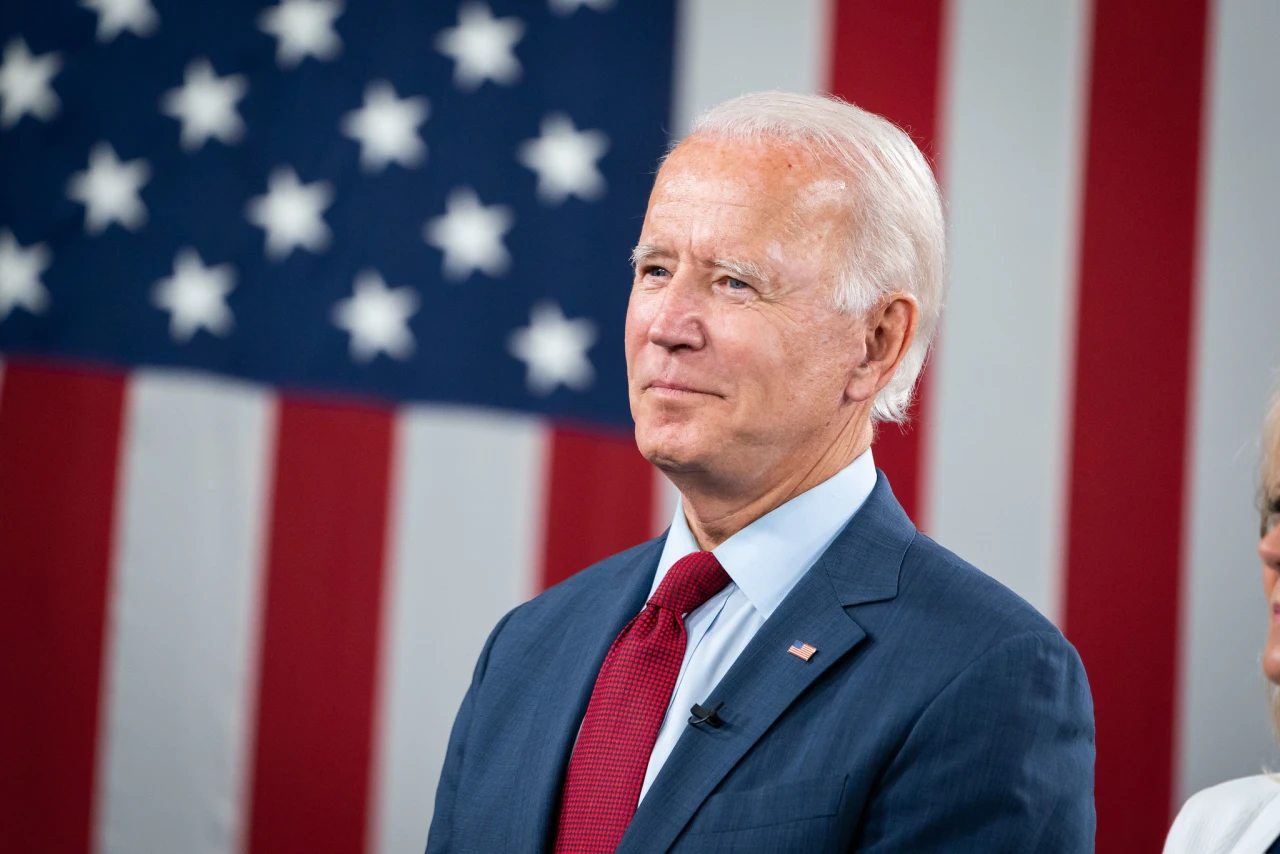'There is no policy attached to their proposal': House ready for work on Senate infrastructure plan
President Joe Biden is on the road this week, pitching his infrastructure plans to the nation as well as the bipartisan agreement he made with senators last week. He was in LaCrosse, Wisconsin, Tuesday to tour its public transit center.
“This deal isn’t just the sum of its parts. It’s a signal to ourselves, and to the world, that American democracy can come through and deliver for all our people,” said Biden. “America has always been propelled into the future by landmark investments.” That includes fixing power grids, replacing lead water pipes, and combatting climate change, he said. “I’m going to be out there making the case for the American people until this job is done, until we bring this bipartisan bill home,” Biden promised, warning that “there will be more disagreements to be resolved, more compromises” to be made.
That also starts this week with House Speaker Nancy Pelosi and House Transportation Committee Chairman Peter DeFazio announcing that they’re ready to pass the House’s $715 billion, five-year surface transportation and water infrastructure plan this week, and are already negotiating to make changes to the $973 billion bipartisan Senate plan. That plan, both pointed out, is great except for the lack of actual details, like policy.
“Our caucus is very, very pleased with the bipartisan agreement that the president was able to achieve working with Democrats and Republicans in the Senate,” Pelosi said. “It has many good features to it in terms of numbers, but not policy.” DeFazio reiterated that. He said that the Senate proposals “are within shouting distance, so I believe we can work out the spending levels in the bill, but there is no policy attached to their proposal.” They are eager to start these negotiations to try to get the specifics in place. Given that the Senate group seemed to operate with much more of a focus on the optics of bipartisanship than doing actual work, the House is going to have to do some heavy lifting here.
Campaign Action
“If they want to dispatch of this quickly—and they’re talking about July, which is a very quick timeline to, you know, negotiate policy in any major way, and the numbers again to help pay for them are outside my realm so I can’t comment on them at all—then I would suggest it would probably be a much quicker, more informal process,” DeFazio said. The Senate proposal, for all its embrace by the White House, is vague on both the spending and revenue sides.
It has $579 billion in new spending, with some climate-related components, but the spending is far below what Biden had originally proposed. It includes $7.5 billion for electric vehicle charging stations; $7.5 billion for electric buses; $21 billion for environmental remediation; $73 billion to shore up the power infrastructure; and $47 billion in climate “resilience” efforts. Biden’s original proposal for $2.25 trillion on the American Jobs Plan includes $115 billion to modernize bridges, highways, and roads. It has another $85 billion for public transit, $80 billion for Amtrak, and $174 billion to build 500,000 electric vehicle charging stations, to electrify 20% of school buses, and to electrify the federal fleet. He’d spend $100 billion on broadband, $25 billion for airports, and $111 billion for water projects.
Pelosi also reiterated her statement from last week that any final infrastructure deal struck with Senate Republicans will not be voted on in the House until there is a separate budget reconciliation. That was repeated by Pelosi, and by her Deputy Chief of Staff Drew Hamill, just to make it as clear as possible. Her leadership team in the House is with her, pushing back against the insistence of Senate Minority Leader Mitch McConnell that the two bills be delinked.
“What the Speaker has said, and I totally agree with her, is that we’re not going to vote on one until the Senate sends us both,” Rep. John Yarmuth, the chairman of the House Budget Committee, told reporters Tuesday after a House Democratic caucus meeting. “That’s not changed.” Rep. Richard Neal, the chairman of the Ways and Means Committee, agreed. “We intend to do both bills,” he said. “And we’re going to do them in a pretty rapid manner.”
The reality is that a bill that could pass the Senate with 10 Republican votes is not going to pass in the House as a standalone. It’s going to be challenging enough to get all 50 Democratic votes in the Senate on a package that could also get 10 Republican votes. An independent review of the bipartisan infrastructure deal by the University of Pennsylvania’s Wharton School could help get some of those Republican votes. With just the spending levels established in that bill, the “additional $579 billion in new infrastructure spending would increase domestic output by 0.1% and decrease the U.S. debt by 0.9% by 2050” the researchers found. So it would grow the economy and lower the national debt. Imagine how much another few trillion in spending and tax hikes on corporations and the wealthy would do!

